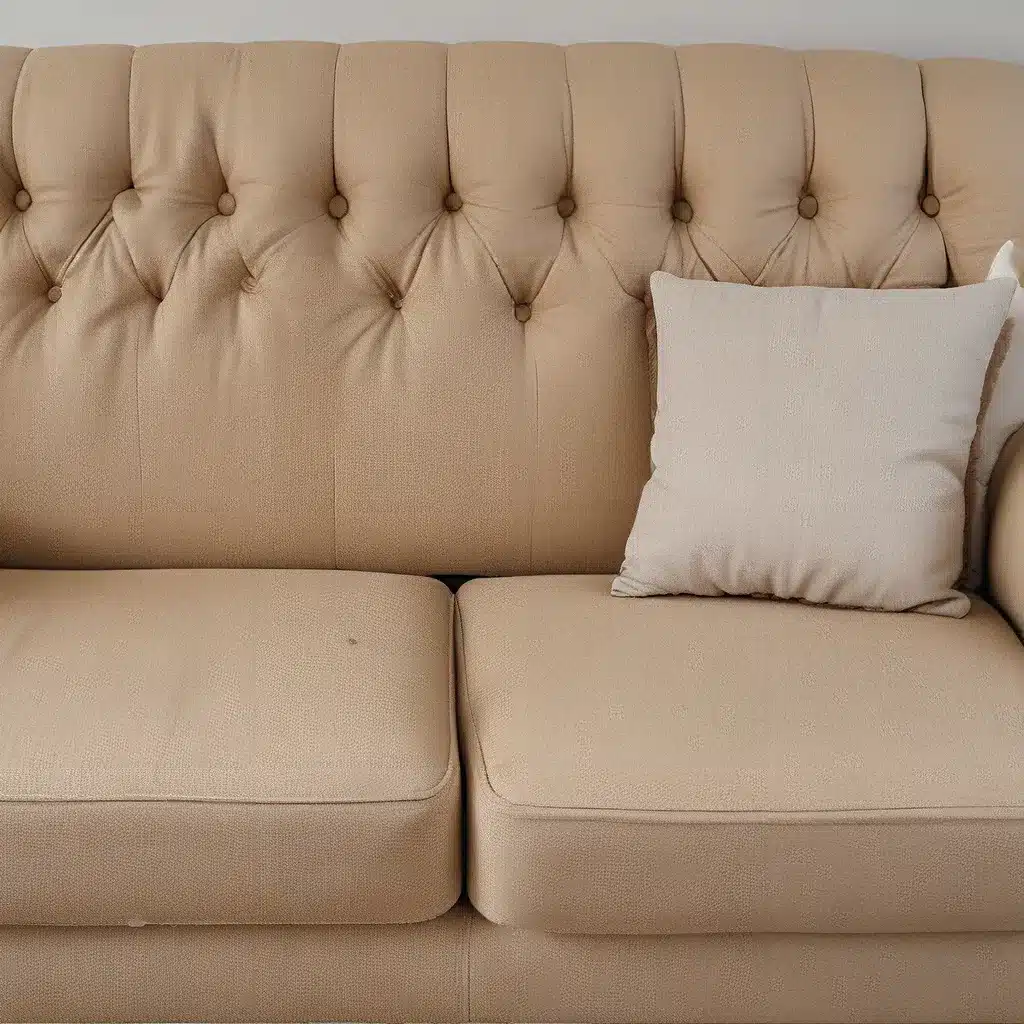
Have you ever looked at your favorite armchair or beloved couch and felt a twinge of disappointment? Maybe the fabric has faded, or the cushions have lost their plump, inviting appeal. It’s easy for upholstery to fall into a state of neglect, especially in high-traffic areas of our homes. But fear not, my friends! Today, I’m going to share a comprehensive guide on reviving that neglected upholstery and restoring it to its former glory.
Assess the Damage
The first step in any upholstery restoration project is to take a deep dive into the current state of your furniture. Grab a magnifying glass and get up close and personal with that tired-looking fabric. What are you seeing? Are there stains, tears, or excessive wear and tear? Once you’ve identified the specific issues, you can start formulating a plan of attack.
It’s important to remember that the degree of damage will often dictate the level of effort required. Lightly soiled upholstery may only need a good cleaning, while heavily damaged pieces may require more extensive work, such as reupholstering or even replacing the entire cushion.
Tackle the Cleaning
If your upholstery is in relatively good shape, with minimal stains or wear, a good cleaning may be all it needs to breathe new life into it. Start by vacuuming the surface to remove any loose dirt or debris. Then, use a specialized upholstery cleaner (or a DIY solution of mild soap and water) to gently scrub the fabric, being careful not to oversaturate it.
Depending on the fabric type, you may want to use a soft-bristled brush or a clean cloth to work the cleaner into the fibers. Let the upholstery air-dry completely before moving on to the next step.
Repair and Refresh
Once your upholstery is clean and dry, it’s time to address any structural issues. Carefully inspect the fabric for tears, loose threads, or other damage, and use a needle and thread (or a small amount of upholstery adhesive) to make minor repairs.
If the cushions have lost their loft, you can try fluffing them up by gently shaking and manipulating the filling. You can also consider replacing the cushion inserts if they’ve become too thin or misshapen over time.
For a complete refresh, you may want to consider reupholstering the furniture. This can be a more involved process, but it’s a great way to breathe new life into a well-loved piece. When selecting a new fabric, be sure to choose a durable and stain-resistant option that will hold up to regular use.
Protect and Maintain
Now that your upholstery is looking its best, it’s time to focus on prevention. Implement a regular cleaning and maintenance routine to keep your furniture looking its best. This may include:
- Vacuuming the upholstery weekly to remove dirt and debris.
- Spot-cleaning any spills or stains as soon as they happen.
- Rotating or flipping the cushions to ensure even wear.
- Protecting the upholstery from direct sunlight, which can cause fading.
- Regularly conditioning the fabric with a specialized upholstery cleaner.
By taking these proactive steps, you can extend the life of your upholstered furniture and keep it looking its best for years to come.
The Joys of Restoration
Reviving neglected upholstery is not just a practical task, but a rewarding one. As you breathe new life into a beloved piece of furniture, you’ll be reminded of the emotional attachment you have to it. Maybe it’s that armchair where you curl up with a good book, or the couch that’s seen countless movie nights with friends. By restoring it, you’re preserving those cherished memories and the stories that come with them.
So, what are you waiting for? Grab your cleaning supplies, roll up your sleeves, and get to work on reviving that neglected upholstery. With a little bit of elbow grease and a lot of love, you can transform your furniture and create a space that truly reflects your personal style and sentimental value. Happy restoring!

